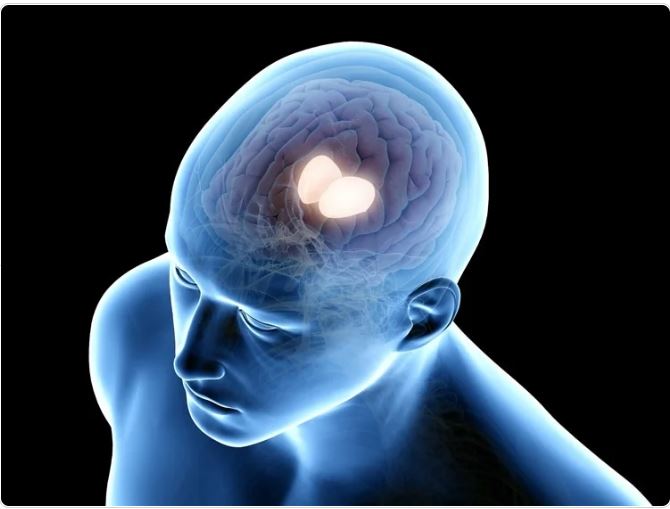The study objective was to use thalamic DBS electrodes to create a therapy for persistent cognitive impairments in msTBI patients. The lateral section of the central lateral nucleus of the thalami and its accompanying fiber bundle were selected as stimulation targets. They performed biophysical modeling to direct virtual brain stimulation electrodes in each individual’s bundle depending on stimulation amplitudes and location. The researchers investigated the safety and effectiveness of thalamic DBS in treating cognitive impairments.
The trial included individuals with , functional disability, and cognitive impairments. The team received 419 requests about the experiment and assessed 15 individuals for eligibility. Six individuals were registered and randomly allocated from August 2018 to May 2021. The team excluded nine ineligible individuals, leaving six individuals, four males and two females with TBI histories, for analysis.
The researchers randomized participants to either of three baseline situations lasting 30 days, 44 days, or 58 days post-surgery. Participants were double-blinded following the phase of titration, a 90-day open-label therapy period, and 21-day therapy continuation or withdrawal conditions to reduce the participant and examiner bias effect on the final result evaluation.













